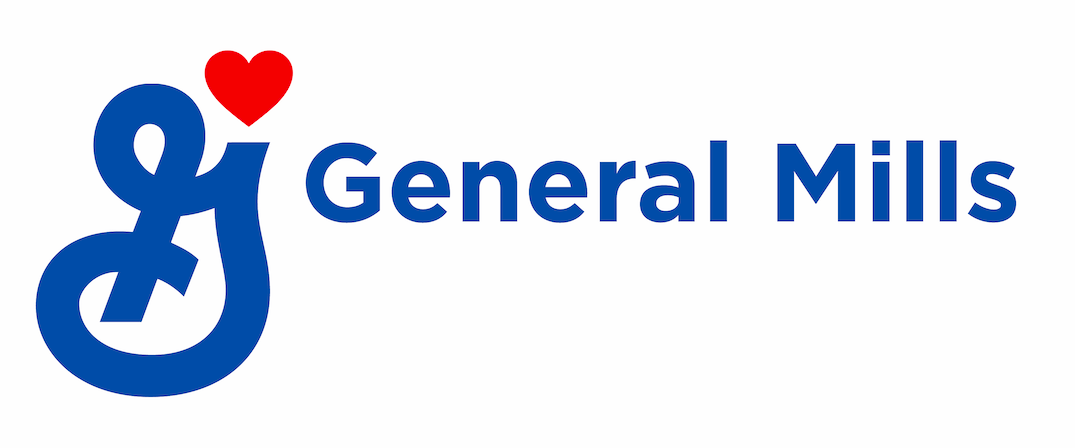We Mean Business When it Comes to Climate Change
by Jerry Lynch, Chief Sustainability Officer at General Mills

Originally published on CEF's EcoInnovator Blog
These days, it’s nearly impossible to open up a paper, news website or even Twitter and not see mention of a climate-related issue. People everywhere – concerned citizens to climate scientists to federal legislators – are trying to understand what to make of it and what to do about it. According to NASA’s scientific-based evidence, climate change is real and is happening as 2016 was our warmest year to date. At this moment in history, we know that we can still make changes to alter human impact on our climate. And at General Mills, we’ve taken the approach that we have a responsibility to do something about it.
One might ask why a food company is investing in climate-related programs, specifically programs that promote soil health and reduce greenhouse gas emissions. The answer is simple.
We serve the world by making food people love. We depend on thriving farms and a healthy planet to achieve that purpose. Climate change makes that more challenging.
Changes in climate not only affects global food security, but also impact General Mills’ raw material supply. When Mother Nature performs well, our soil is nutrient rich and able to hold more water, and is more resilient to climate change.
We are committed to protecting the natural resources upon which our business depends by promoting environmentally and socially responsible practices across our value chain.
We see our end-to-end value chain as having three distinct roles:
This bold move holds particular importance, because the areas of greatest impact in our supply chain – including more than two-thirds of GHG emissions and 99 percent of water use – occur outside General Mills’ operations, primarily in agriculture. Therefore, the strength of our partnerships is paramount to achieve impactat scale. Our strategic collaboration with The Nature Conservancy has been the main focus of our soil and water work to date and will continue to be integral to our efforts to meet our ambitious goals.
Upstream – Soil Health
Over the last century, our global population has grown from 2 billion to 7 billion people today. Over that same time period, agricultural soil on U.S. farmland has degraded dramatically, losing as much as 60 percent of its original organic carbon content1.
Late last year, with support from General Mills, The Nature Conservancy developed a Soil Health Roadmap that outlines 10 key steps spanning scientific, economic and policy priorities to achieve widespread adoption of soil health practices on more than 50 percent of U.S. cropland by 2025.
The Nature Conservancy estimates that for every 1 percent of U.S. cropland that adopts soil health practices there is the potential to store more than 825,000 metric tons of CO2 emissions.
Enhancing soil health on a large scale requires systemic changes – and delivers many benefits for farmers, communities, and the planet.
Certainly in farming circles, and increasingly amongst food companies who are reliant on an abundance of ingredients, it’s evident that soil is truly the Holy Grail. Healthy soil supports crop productivity, farm profitability and land values, carbon sequestration, water quality, drought resistance and landscape biodiversity. The world’s rising population places increasing demands on land to produce more food, fuel and fiber, making soil health a high priority.
General Mills – Manufacturing
From 2010 to 2016, General Mills reduced the company’s absolute GHG emissions (scope 1 and 2) by 13 percent. Our work is far from done, however we are encouraged by the progress across 19 participating plants who have implemented more than 300 projects centered on energy efficiency and solid waste reductions.
One great example is the work we are doing at our Murfreesboro, Tennessee facility. Leftover Yoplait Greek whey is combined with the of the plant’s wastewater in a digester and biogas engine to fuel 10percent (1.6 megawatts) of the plant’s electrical needs. In addition, excess heat from the biogas generator has reduced the plant’s natural gas needs by an additional 10 percent.
We have been putting leftover whey to good use at other locations around the globe as well. At our Yoplait Liberte’ yogurt facility in Saint-Hyacinthe in Quebec, Canada, leftover whey is being used to produce natural gas. And since 2008, our Häagen-Dazs ice cream facility in Arras, France, has been generating electricity from its wastewater.
The efforts at the plants are part of our ongoing efforts to trim our energy use and our greenhouse gas emissions. These are all examples of finding meaningful ways within our value chain to reduce climate impact, all of which ladder up to our climate goal.
Downstream – Consumers
Consumers have an important role to play too. The majority of our consumer-related emissions originate from cooking and refrigerating food, but we can’t overlook that more than one third of the footprint is from consumers driving to and from the store. By choosing more efficient ways to shop, including more fuel efficient cars, public transportation, biking and even walking, consumers’ thrifty choices are helping drive down the impacts of climate change. Consumers are also having a positive impact by making conscious choices to minimize food waste and recycling.
Value Chain Impact
General Mills directly controls only a small portion of the food value chain and we understand that engaging outside of our four walls is critical to create a sustainable food system for the future. Through partnerships and collaboration, we provide leadership on key issues such as climate, soil, and greenhouse gases. These efforts, when done well, foster innovation in practices, technologies and policies that will lead to a more sustainable food system. We’re up for the challenge: our business depends on it and so does our planet.

